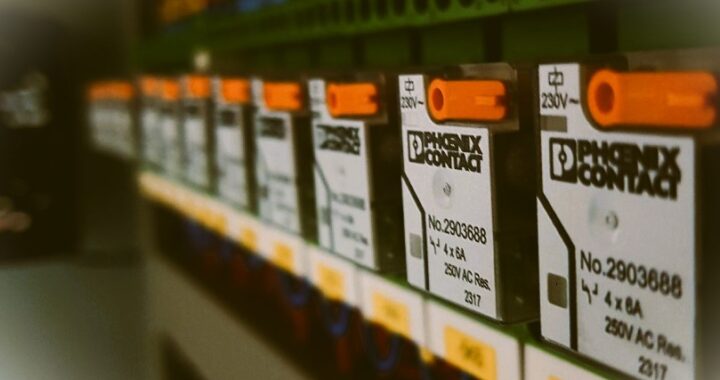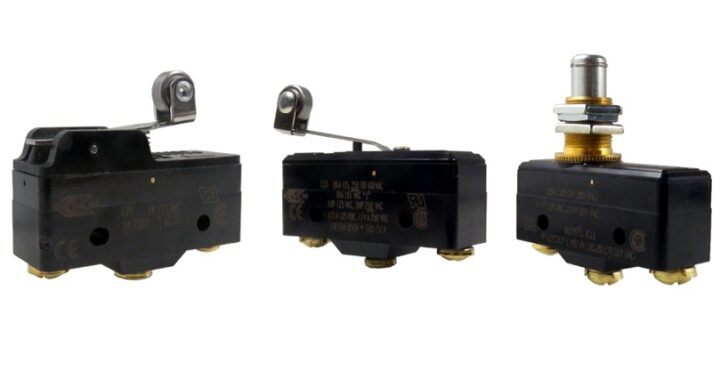Types Of Soldering Equipment: Discover the Essential Tools

Soldering is an essential process in many industries, including electronics, jewelry making and metalworking. To complete this process, a variety of soldering equipment is needed. From soldering irons to soldering stations, the equipment used can vary depending on the task at hand. In this article, we will explore the different types of soldering equipment available, including their features and uses. Whether you are a professional or a hobbyist, understanding the different equipment options can help you make an informed decision when choosing the right soldering equipment for your project.
Types Of Soldering Equipment
The main types of soldering equipment are:
1. Soldering iron
A soldering iron is a tool used for melting and joining two metal parts by heating them to a temperature that allows the solder to melt and flow into the joint. Soldering irons consist of a metal tip that is heated by an electrical current passing through it.
The tip of the soldering iron is usually made of copper or other high thermal conductivity material and it comes in various shapes and sizes to suit different soldering applications. Soldering irons can be powered by electricity or butane gas and they may have adjustable temperature controls or fixed temperatures.
Choose a soldering iron that is rated at 30-60 watts, sports a replaceable tip and has a three-prong plug so that it will be grounded. Some models allow you to use different size tips for different types of projects, and some include variable controls that allow you to change the wattage.
2. Soldering Stand
A soldering stand is a tool used in the process of soldering which is the process of joining two metal pieces together by heating them to a temperature where they melt and then adding a filler metal to the joint. The soldering stand is designed to hold the soldering iron when it is not in use allowing it to cool down safely and preventing accidental burns or damage.
A typical soldering stand consists of a heavy metal base that provides stability and a metal arm that holds the soldering iron. The arm usually has a coiled wire holder or sponge to clean the tip of the soldering iron and a spring that holds the iron in place. Some soldering stands also have a built-in holder for the solder spool, making it easier to feed the solder wire into the joint.
Using a soldering stand can help to extend the life of your soldering iron by preventing damage to the tip and other components and can also help to keep your workspace safe and organized. It is important to choose a soldering stand that is appropriate for the type and size of a soldering iron you are using and to make sure that it is placed on a stable surface away from flammable materials.
3. Solder
Solder is a soft metal that is heated by a soldering iron and then allowed to cool, forming a conductive joint. Standard solder used for electronics is 60/40 rosin core, which contains roughly 60 percent tin and 40 percent lead and has a core of rosin flux. (Avoid solder formulated for plumbing, which corrodes electronic parts and circuit boards.) The wax-like flux helps to clean the metals you’re joining together, and it improves the molten solder’s ability to flow around and adhere to the components and wire, ensuring a good solder joint. Solder is sold in spools, and we recommend diameters of 0.031 inch (22 gauge) or 0.062 inch (16 gauge) for hobby electronics projects.
4. Wetted sponge
Using a wetted sponge for soldering is a common practice to clean the tip of a soldering iron. The wet sponge helps to remove any residue or oxidation from the tip of the soldering iron which can prevent proper heat transfer and compromise the quality of the solder joint.
To use a wetted sponge for soldering, first, ensure that the sponge is damp but not dripping wet. Then, while the soldering iron is hot, gently wipe the tip of the iron on the sponge to remove any excess solder, debris or oxidation. Be sure to do this frequently while soldering to ensure that the tip stays clean and performs optimally.
It’s important to note that using a wetted sponge can cool down the tip of the soldering iron quickly, so be sure to reheat the tip before continuing to solder. Additionally, avoid using a wetted sponge on a soldering gun or other types of soldering equipment as it may damage the tool or the tip.
5. Solder removal tools
A solder connection or extra solder in your circuit can be removed with a solder sucker, commonly referred to as a desoldering pump. In order to utilize it, first melt the solder that has to be removed, then immediately place the solder sucker over the molten mass, and finally turn it on to begin “sucking up” the solder. A solder (or desoldering) wick or braid is an alternative; it is a flat, woven copper wire that you place over undesirable solder and heat. The copper wire becomes attached to the solder when it melts, which you then cut off and discard.
6. Tip cleaner paste
Tip cleaner paste is a product that is used to clean the tip of a soldering iron. It is important to keep the tip of the soldering iron clean as a dirty tip can lead to poor soldering results.
One common type of tip cleaner paste is made from a mixture of metal particles and flux. To use the paste, simply heat up the soldering iron and dip the tip into the paste. The heat causes the paste to melt and the metal particles and flux work together to remove any oxidation or buildup on the tip.
Another type of tip cleaner paste is made from a mixture of brass shavings and a mild abrasive. This type of paste is also used in the same way as the metal particle and flux paste by heating up the soldering iron and dipping the tip into the paste.
When using tip cleaner paste, be sure to wipe the tip clean with a damp sponge or cloth after dipping it into the paste. This will remove any excess paste and help to prevent contamination of your solder joints.
7. Rosin flux remover
Rosin flux remover is a cleaning solution used to remove the residue left behind by rosin-based soldering flux. Rosin flux is commonly used in electronics and electrical soldering to facilitate the flow of molten solder and prevent oxidation of the soldered joint. However, the residue left behind by the flux can be corrosive and affect the performance of the circuitry, which is why it is essential to remove it.
8. Extra soldering tips
A small (3/64-inch to 7/64-inch radius) conical or chiseled tip or one simply referred to as a “fine tip,” works well for the majority of electronics work, but you can find larger or smaller tips utilized for certain types of applications. Make sure to buy the appropriate tip for the soldering iron’s make and model. A worn tip doesn’t transmit heat as well; replace it when it exhibits corrosion, pitting, or peeling plating.
In conclusion, soldering is an essential process in many industries and understanding the different types of soldering equipment available can help both professionals and hobbyists choose the right tools for their projects. From soldering irons and stands to solder and removal tools, each piece of equipment serves a specific purpose in creating a successful solder joint. Additionally, tip cleaner paste and rosin flux remover can help maintain the longevity and quality of your soldering equipment. By investing in the right soldering equipment and properly maintaining it, you can ensure that your projects are completed efficiently and effectively.









 Types of Timer Relays and Their Applications
Types of Timer Relays and Their Applications  Relay Applications: Real-Life And Industrial Examples
Relay Applications: Real-Life And Industrial Examples  Types of Micro Switches and Their Applications
Types of Micro Switches and Their Applications  Best Voltage Testers for Home Use: 2023 Edition
Best Voltage Testers for Home Use: 2023 Edition  Advantages of Transducers for Optimal Measurement
Advantages of Transducers for Optimal Measurement  Advantages of Infrared Sensors: Improved Accuracy and More
Advantages of Infrared Sensors: Improved Accuracy and More